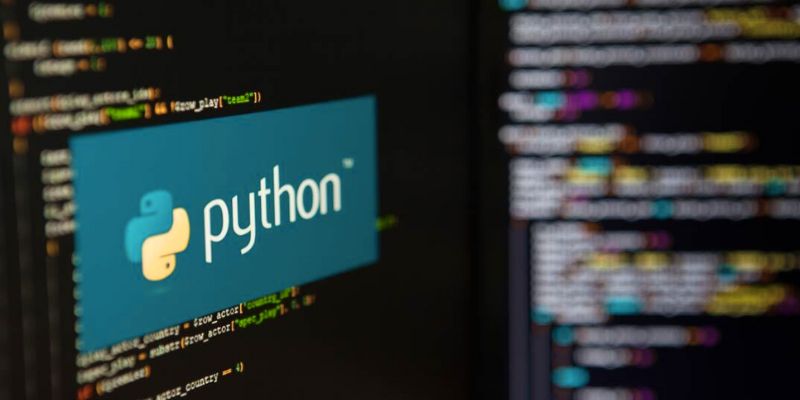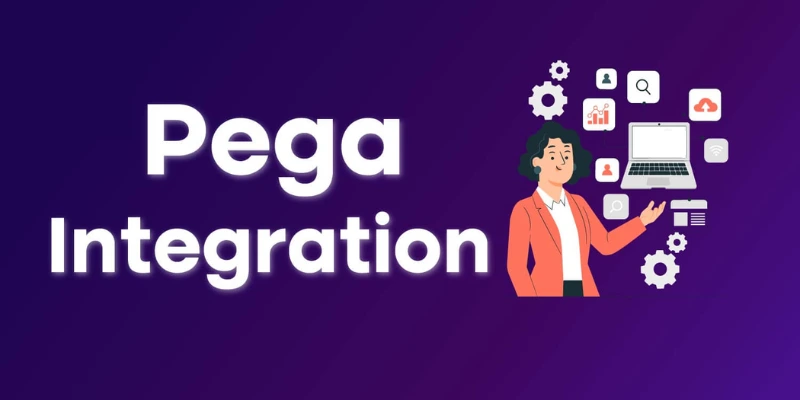Data is often called the new oil and rightly so. Every swipe, click, purchase, and search generates a massive amount of data that businesses and researchers use to understand trends, behavior, and make smarter decisions. But to make sense of all this information, professionals need robust tools that can collect, clean, analyze, and visualize data efficiently. That’s where Python comes into the picture. When aspiring data professionals begins their journey, they quickly learn that Python is more than just a programming language. It’s a full-fledged ecosystem tailored for data science. Whether you’re a beginner exploring the basics or a seasoned analyst working on predictive modeling, Python becomes your go-to tool. That’s why many learners today seek guidance from a reputed Data Science Course in Chennai, as it provides them structured learning paths, hands-on experience, and mentorship on mastering Python in data science applications. So what makes Python the star of the data science world? Let’s explore What Role Does Python Play in the Field of Data Science?.
Why Python Became the Data Science Darling
Python didn’t become popular overnight. Its rise in data science is due to several unique features that set it apart from other languages. First, Python has an incredibly readable syntax. This means you don’t have to be a hardcore coder to understand Python scripts great news for professionals transitioning into data science from non-technical backgrounds. Secondly, Python is open-source and supported by a vibrant global community. This has led to the development of powerful libraries and frameworks specifically designed for data tasks. Libraries like Pandas for data manipulation, NumPy for numerical computation, Matplotlib and Seaborn for data visualization, and Scikit-learn for machine learning make Python an all-in-one solution. But it’s not just about libraries. Python integrates beautifully with other tools and technologies such as SQL, Excel, Hadoop, and Spark, which are commonly used in data science projects. This interoperability gives Python the flexibility required to be deployed across the full data pipeline from extraction to insights.
Python for Data Cleaning and Preparation
Before diving into complex models or visuals, data scientists must wrestle with raw, unstructured data. This data often contains missing values, errors, inconsistencies, or unnecessary information. In fact, data preparation or “data wrangling” often consumes more than 70% of a data scientist’s time. Python’s Pandas library plays a crucial role in simplifying this task. It offers high-level data structures like DataFrames that make cleaning and transforming data intuitive and efficient. With a few lines of Python code, you can fill in missing values, drop duplicates, merge datasets, or convert text into numeric categories. For example, imagine you have a dataset of customer orders that includes missing prices or incorrect dates. Instead of manually editing a spreadsheet row-by-row, Python allows you to automate and scale these tasks, making your data analytics pipeline cleaner and more reliable.
Data Visualization Made Simple with Python
Once your data is clean, it’s time to make it understandable. That’s where visualization comes in. A well-designed graph or chart can reveal patterns, anomalies, and relationships that aren’t apparent in raw data tables. Python offers several libraries that make this easy. Matplotlib provides basic charting tools, while Seaborn builds on top of Matplotlib to deliver visually appealing and statistically informative graphs. You can create histograms, scatter plots, box plots, and heatmaps with just a few lines of code. Python also supports interactive dashboards using Plotly and Dash, which are especially useful in business intelligence. These tools allow data scientists and analysts to present their findings in an engaging and accessible way to decision-makers. If you’re learning all this through a Python Course in Chennai, you’ll likely work on projects that simulate real-world challenges. For example, you may visualize sales trends for a retail company or analyze user behavior on an e-commerce site, preparing you for actual industry demands.
Python and Machine Learning: A Perfect Match
Machine learning (ML) is a core component of data science, and Python’s dominance extends to this domain as well. Libraries like Scikit-learn, TensorFlow, Keras, and PyTorch provide powerful tools to build and train ML models for tasks such as classification, regression, clustering, and deep learning. Scikit-learn is perfect for beginners. It provides simple interfaces to build robust models and includes built-in datasets and evaluation metrics to help you learn by doing. TensorFlow and PyTorch, on the other hand, cater to advanced applications such as natural language processing (NLP) and computer vision, making Python a top choice even for cutting-edge research. What’s exciting is how Python allows you to prototype quickly. You can test multiple algorithms, fine-tune hyperparameters, and measure model performance using cross-validation techniques all within a single Python environment like Jupyter Notebook.
Role of Python in Real-Time Data and Big Data
Python is not limited to structured datasets. With the growing demand for real-time analytics and big data processing, Python integrates well with big data platforms such as Apache Spark using PySpark. PySpark combines Python’s simplicity with Spark’s scalability. This means you can write Python code to process terabytes of data distributed across multiple servers something that was once reserved for specialized languages like Java or Scala. Python is also used for real-time streaming of data using tools like Kafka and Redis, making it ideal for applications in fraud detection, IoT sensor analytics, and financial tickers.
Python for Automation and Deployment
Beyond exploration and modeling, data scientists often need to deploy their models into production. This involves automation, scheduling, integration with APIs, and sometimes building web applications. Python excels here too. With frameworks like Flask and FastAPI, you can turn your ML models into APIs that serve predictions in real-time. You can schedule tasks using Airflow or Cron jobs, and integrate with cloud services like AWS, Google Cloud, or Azure to scale your operations. In short, Python is not just a language for experimentation it’s a tool that carries your project from idea to production.


